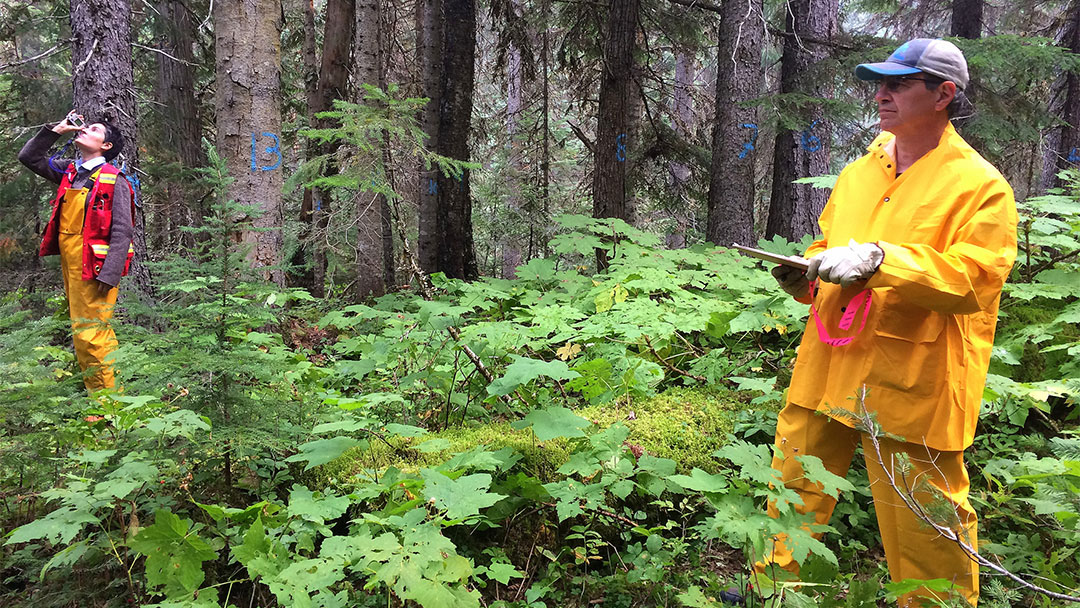Prince George, BC – An international team of scientists have published a new peer-reviewed study on the importance of protecting primary forests in BC’s Interior Wetbelt (IWB) bioregion for the climate. Scientists from the University of Northern British Columbia, Griffith University in Australia, the Conservation Biology Institute in Oregon, Wild Heritage in Oregon and Conservation North were part of the study, which underscores the seriousness of BC’s emissions tied to the logging of old growth forests.
The IWB is a vast, largely forested area of 16.5 million ha along the western flanks of the Canadian Rockies and northern Columbia Mountains. The IWB contains rare old growth spruce forests (referred to in other parts of the world as Boreal Rainforest) and the rare Inland Temperate Rainforest. Logging in this ecosystem accelerated from the 1970s to the 2000s.
According to lead researcher Dr. Dominick DellaSala: “The region contains under-appreciated carbon stocks that can help Canada meet its climate and conservation targets. In their natural state, these forests constitute an irreplaceable natural climate solution, but we’re turning them into lumber and threatening to turn them into pellets.”
The Government of Canada has pledged to protect 30 percent of its lands and waters by 2030 in order to mitigate the climate crisis.
The study used data collected in the field, as well as government datasets to estimate how much carbon is contained within unlogged old growth spruce, redcedar and hemlock forests, how much has been emitted to the atmosphere by clearcut logging.
Dr. Art Fredeen, a study co-author at UNBC added, “The Interior Wetbelt contains some of the most carbon dense forests on the planet.” He noted that, “if we summed up all of the carbon from historically logged timber in the IWB it would exceed BC’s total greenhouse gas emissions for 2019, 9 times over. Instead of increasing the BC’s carbon debt by further logging old carbon-rich landscapes, we should be conserving them.”
Ecologist and co-author Michelle Connolly explains that: “There need to be major forestry reforms that protect carbon-dense old-growth forests, allow degraded forests time to recover the logging-related carbon debt, and improve monitoring of carbon stocks and stock changes. This is what the promised ‘paradigm shift’ ought to look like on the ground.”
Dr. DellaSala adds that, “for the very first time, we have a comprehensive assessment of how important BC’s interior rainforests are to the global climate and how much has been lost to logging. In the case of climate change, the forest is worth far more standing then cut down for wood products.”
The study reported that nearly one-quarter of the entire IWB has been logged, the majority within the inland rainforest since the 1970s, resulting in live above-ground carbon declining by at least 18%. However, this is likely an underestimate because a) government data appear to underestimate the amount of aboveground carbon storage in the most carbon-rich stands, and b) logging has been concentrated in low to mid-elevations (below 2000 m) where carbon density is the greatest. That is, the province is under-reporting logging-related carbon emissions by as much as 75%.

